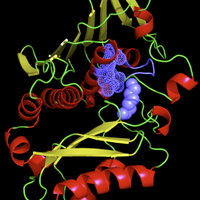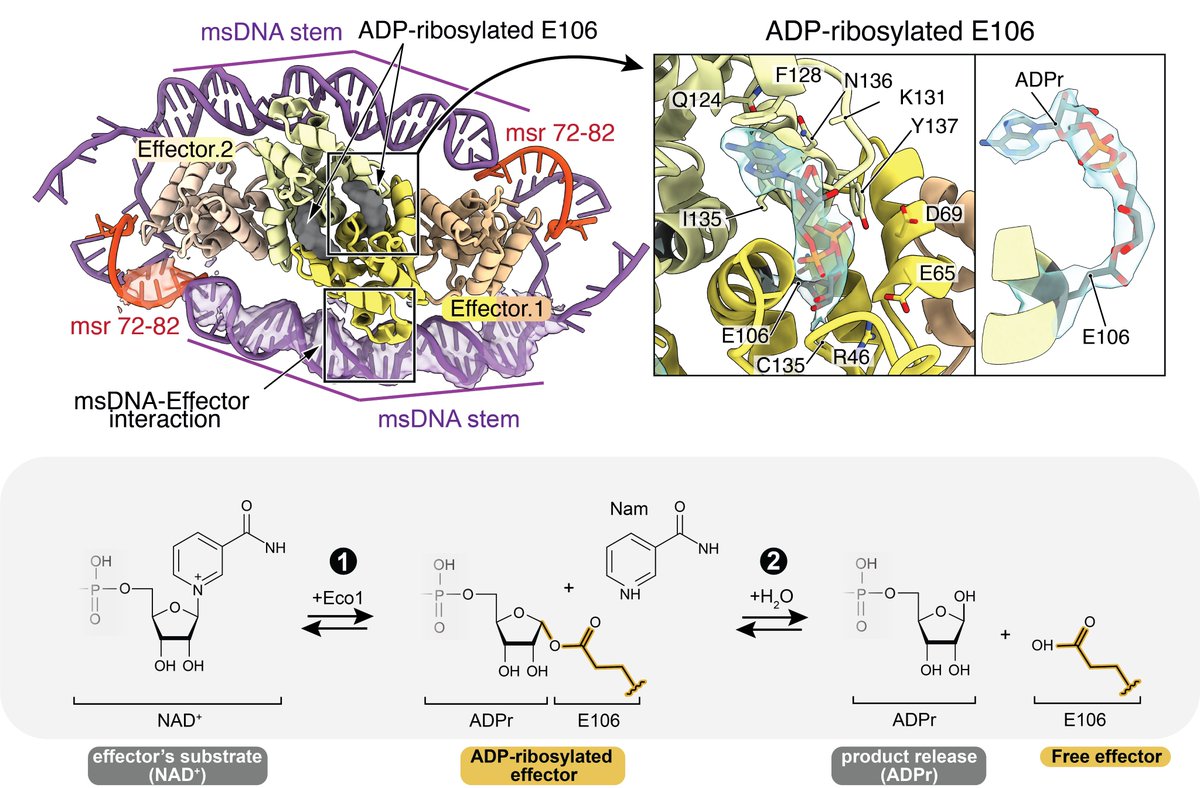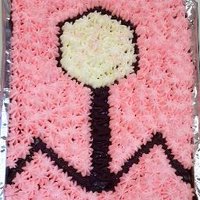
Sorek Lab
@SorekLab
The Sorek Lab
ID:3007316109
http://www.weizmann.ac.il/molgen/Sorek/ 31-01-2015 09:32:10
987 Tweets
8,2K Followers
295 Following
Follow People


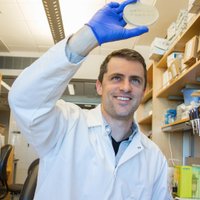
Did you know that phage can inject DNA, many proteins, recruit host membrane/membrane proteins and assemble a lipid vesicle to protect the genome?Deepto Mozumdar led this effort with contributions from a large multi-disciplinary team. Cell Host & Microbe
sciencedirect.com/science/articl…

Our paper on the molecular mechanism of plasmid elimination by the DdmDE defense system is now out in Science Magazine!
A great collaboration between the Martin Jinek lab at UZH Science and @Mblokesch at EPFL.
science.org/doi/10.1126/sc…
A🧵


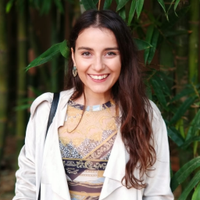


🦠Pathogenic bacterium Pseudomonas aeruginosa breaches lung defenses by targeting mucus producing goblet cells! Intracellular P. aeruginosa may evade immune system and antibiotic treatment, thereby driving chronic infections
NCCR AntiResist Institute of Human Biology doi.org/10.1038/s41564…



In Science Robotics, researchers report the development of Third Thumb—a robotic appendage that, when trialed by members of the general public, was a big hit.
Learn more in #ScienceAdviser : scim.ag/7dG
📩 Sign up for the daily #newsletter : scim.ag/7dH




Are you a researcher with an interest in #microbiology , #ecology and #evolution ? Join our upcoming scientific discussion meeting on the topic of microbial immune systems: ow.ly/fcKR50S89xA



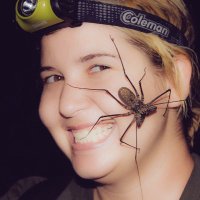
This Third Thumb is *so cool*. I am unbelievably jealous of the folks who got to try it out! That story and more of the best in Science Magazine and science in this edition of #ScienceAdviser : science.org/content/articl…
Video credit: Dani Clode Design and the Plasticity Lab
